Light Meter Distance to Light Source

Introduction
Our spectrometer users ask whether the distance between your meter and the light source should be considered when measuring your light. It depends on what you are measuring. There are two situations you should consider.
- Measuring for color
- Measuring for intensity

Fig 1
Measuring light color – CCT
If you measure for color or CCT, the distance between the spectrometer and the light source is not really important. Whether you measure at 1 or 3 meters should make little difference – your CCT should remain consistent.
However, the farther the spectrometer is from your source light, the more opportunity ambient light from surrounding windows or even the light reflecting from nearby surfaces, such as walls or ceilings, can affect the precision of the measurement.
If you are measuring light color for precision applications in scientific, research, or industrial testing, you should measure in a confined room with light-absorptive walls (i.e. blackbody surfaces).
The other item to consider is that most measurement devices will always have some very small margin for error – you can find these in the specifications for your UPRtek device, downloadable from our website support center.
If you are measuring at a very close distance and the light is a very high intensity light, you may get an “Over Exposure” error. And you will need to move far enough away until the error dissappears.
Measuring light intensity: LUX or PPFD
When you measure for LUX or PPFD (grow lights), you measure the amount or quantity of light hitting a surface area. In these cases, the distance is essential.
This is because light disperses. It means the farther the light is from a surface, the more light disperses and the less concentrated it becomes. This dispersal of light follows a predictable pattern, as shown in Figure 5.
It states that the amount of light diminishes proportionately by distance, or more specifically, by the square of the distance.
- A light at 1 meter from a table surface measures LUX at 100.
- At 2 meters, the square of that would be 2² or 4. You divide the LUX (100) by 4, and you will get a LUX of 25
- At 3 meters, the square of the would be 3² or 9. You divide the LUX (100) by 9, and you will get a LUX of 11.11

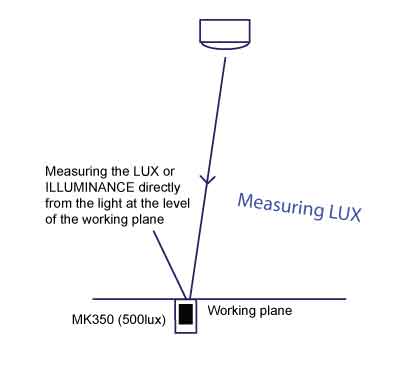
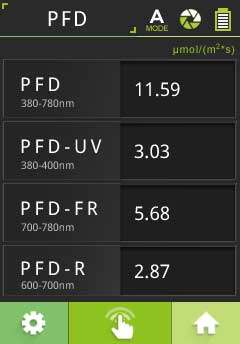
A little bit of science (deep dive)
We stated that the distance between your light meter and the light source is essential if you are measuring the amount of light but not important if you are measuring the color of light.
To understand why, you must look at light’s peculiar quality – Light is both particle and wave. When you measure for LUX, you are measuring particles of light or photons – and these photons are dispersed from the light and become less concentrated as distance increases.
When measuring for a color on a chromaticity diagram, you measure each photon’s wavelengths; that doesn’t change no matter how far or close you are from the light source.
Note for “Doppler” enthusiasts – we assume both meter and source are stationary.
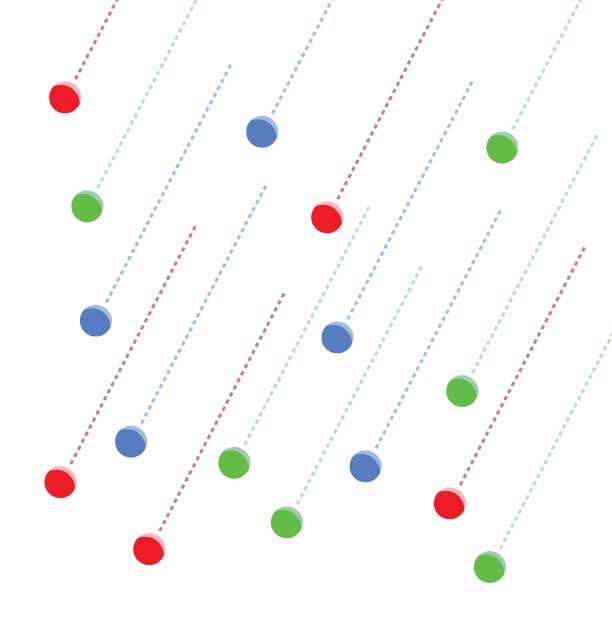
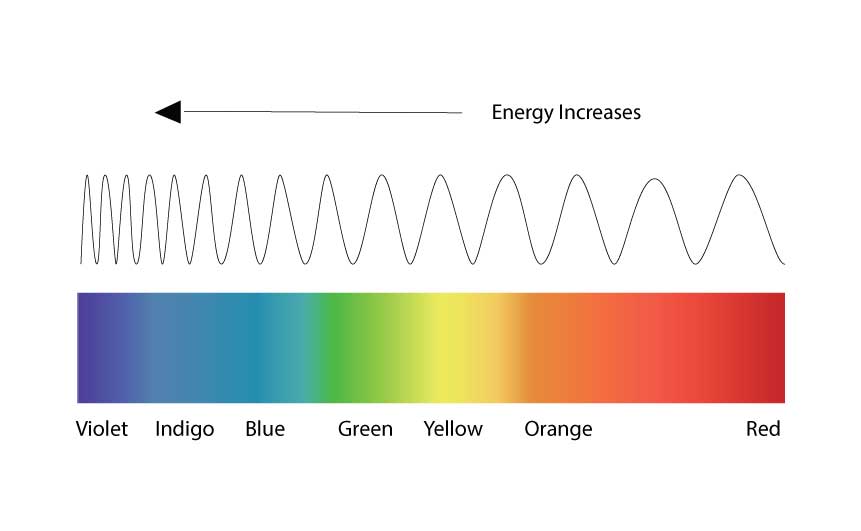
The Rule of thumb about light meters and distance.
But what about all those other metrics? The general rule of thumb you can use is this:
- If the metric measures colors or wavelengths of light, distance is unimportant.
- If the metric measures light quantity or intensity, distance is important.

Figure 8 – Are you measuring color or intensity?
But some metrics may be confusing.
Spectrum
When considering a spectrum, there is an element of intensity – the left side of the chart refers to intensity – however, there are no actual values on the left side of the chart. This is because when you look at a spectrum, most times, you are eye-balling (visualizing) the shape of the spectrum and comparing the relative intensities of colors, not the absolute intensity values. Thus, the distance from meter to light is still not essential – the shape of the spectrum will not change with distance.

Fig 9 – The Nucleus of the Plant Cell controls all the functions of cell division.
CIE XYZ
When you take CIE XYZ readings, the XYZ values change dramatically with distance. You may be misled to think that distance is important, but it’s not.
XYZ is used to measure Colors in a light, but even though you measure a light from distances and the XYZ values change, the ratio of the XYZ values stay the same, indicating it’s the same light.
CRI – R values
If you look at the R1-R15 for CRI, they also may appear as intensities of colors. But these values are not intensities – they are differences in color reflection off objects from a test light compared to a percentage of reflection from sunlight.
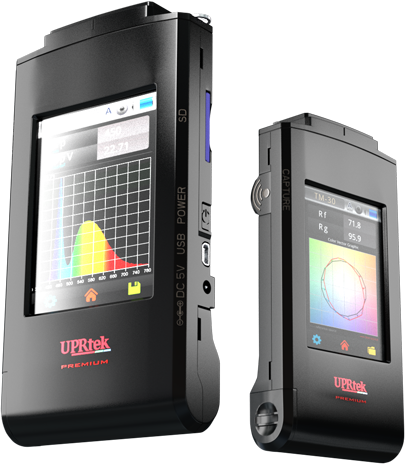
Fig 12 – MK350N Premium
So, measure from how far?
Follow the general rule of thumb –
- Measuring colors does not rely on distance
- Measuring intensity relies on distance.
That said, you should still scrutinize the metric itself and understand what it represents to truly be certain.
Hot Product
Handbook Series
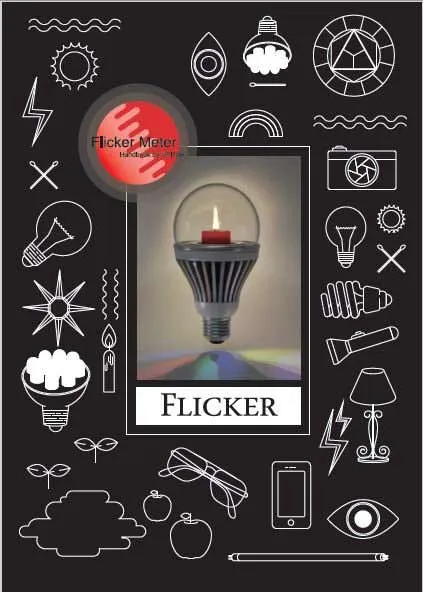
The Flicker Handbook
Everything thing you need to know about Flicker, an insidious, potentially serious lighting artifact impacting visual safety for public places like hospitals, offices, libraries, and more...
About UPRtek

United Power Research and Technology
UPRtek (est. 2010) is a manufacturer of portable, high-precision light measurement instruments; Handheld Spectrometers, PAR meters, Spectroradiometers, Light Calibration Solutions.
UPRtek HQ, R&D and manufacturing are all based out of Taiwan, with Worldwide representation through our certified Global Resellers.
Latest Articles
Category
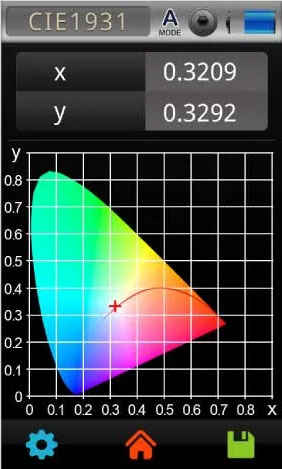

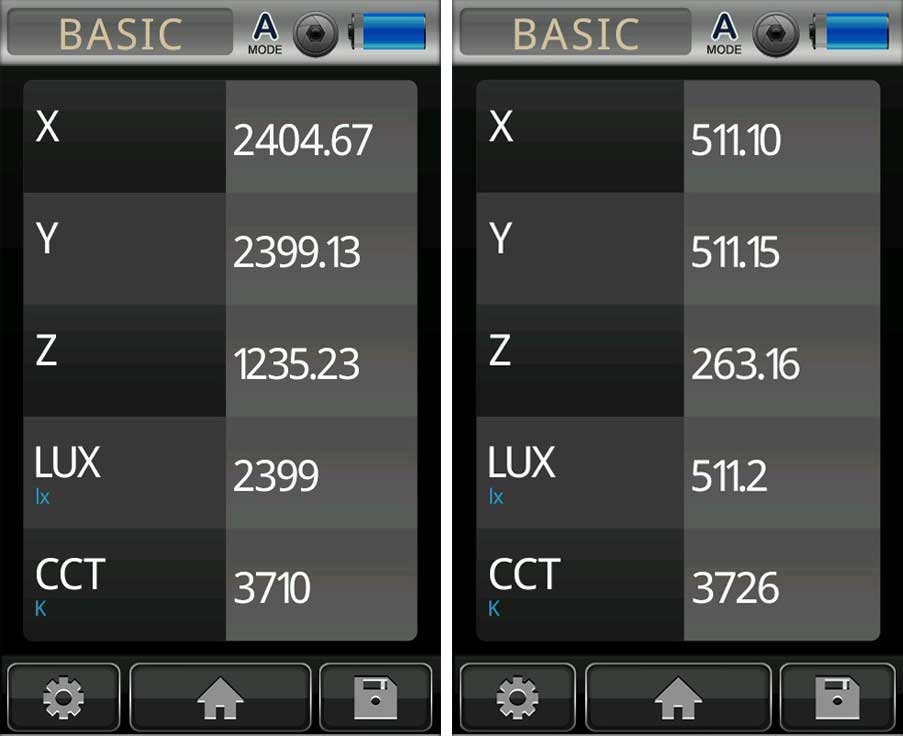








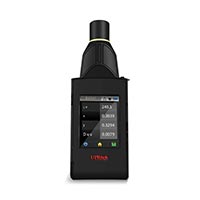

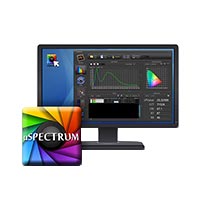

0 Comments